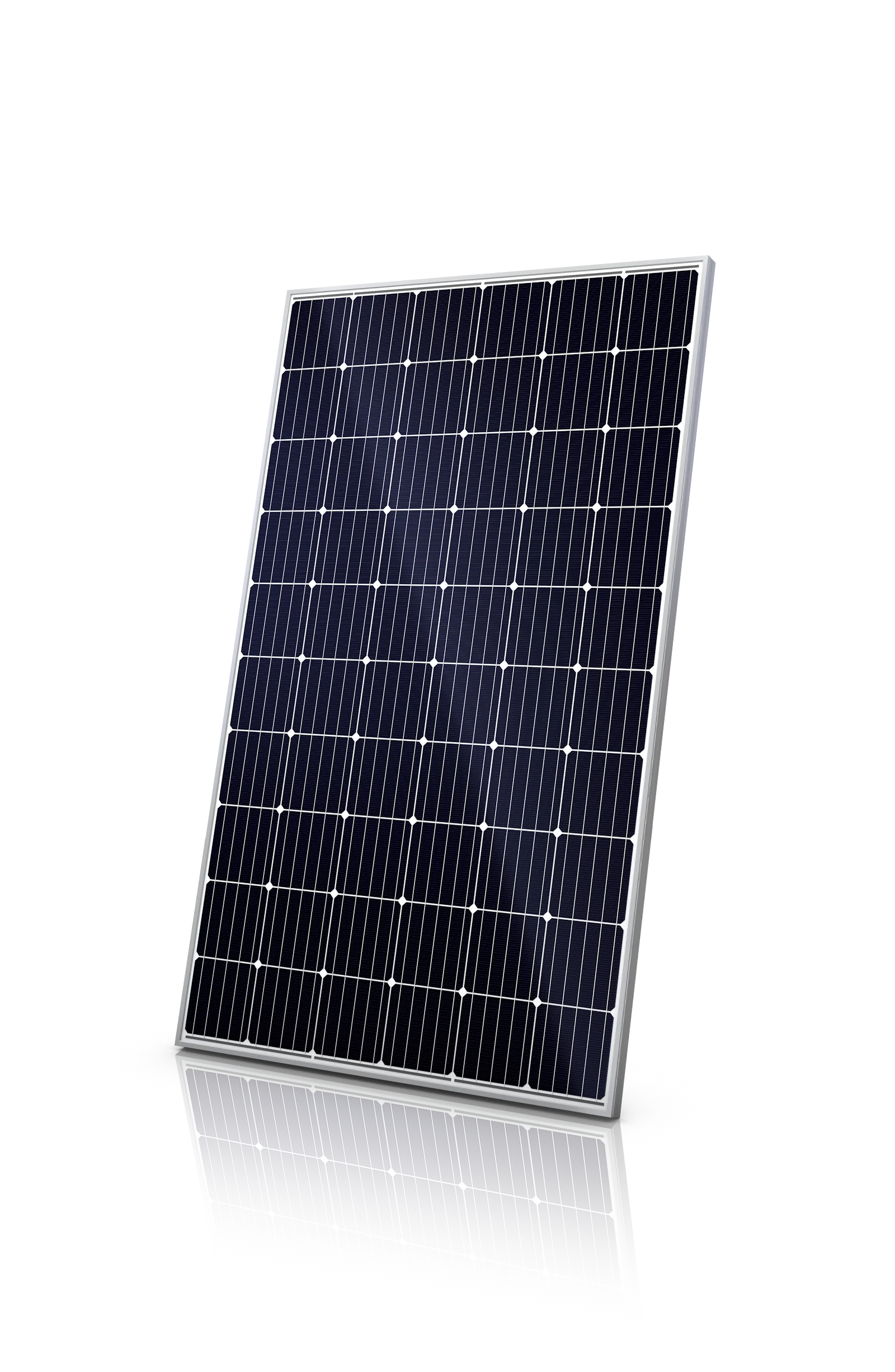The solar energy revolution is accelerating, and 2025 has emerged as a landmark year for innovation. From futuristic materials to smarter energy systems, the latest breakthroughs in solar panel technology are redefining how we generate, store, and use clean energy. Whether you're a homeowner comparing solar panel prices, a business seeking solar panel installation.
The solar energy revolution is accelerating, and 2025 has emerged as a landmark year for innovation. From futuristic materials to smarter energy systems, the latest breakthroughs in solar panel technology are redefining how we generate, store, and use clean energy. Whether you're a homeowner comparing solar panel prices, a business seeking solar panel installation, or simply curious about solar systems for houses, these advancements are making solar more powerful, affordable, and accessible than ever before.

Tunnel Oxide Passivated Contact (TOPCon) technology is now leading the charge in commercial solar cell efficiency, reaching up to 26%. These cells perform exceptionally well in high-temperature environments, making them ideal for Indian climates. Their robust design ensures long-term performance, reducing maintenance costs and boosting ROI for both residential and industrial users.
By layering perovskite materials over traditional silicon, these tandem cells can capture a broader spectrum of sunlight. Lab tests have shown efficiencies between 29% and 34%, a significant leap from conventional panels. This makes them perfect for compact solar systems for houses where space is limited but power demand is high.
Bifacial panels absorb sunlight from both the front and rear surfaces, increasing energy output by up to 30%. When installed over reflective surfaces like white rooftops or gravel beds, they maximize performance. These are especially useful for ground-mounted systems and commercial setups.
Imagine windows that generate electricity. Transparent solar panels are turning this vision into reality. Ideal for urban buildings, greenhouses, and smart homes, they offer a sleek, integrated solution without compromising aesthetics.
Researchers at Cambridge University have discovered a molecule called P3TTM that allows organic solar cells to function without two separate materials. This simplifies production and could lead to ultra-light, flexible, and affordable solar panels with near-perfect charge collection—ideal for wearables, portable devices, and low-cost rural installations.
Floating solar panels installed on lakes, reservoirs, and canals offer multiple benefits: they stay cooler, reduce water evaporation, and avoid land usage conflicts. These systems can improve efficiency by 10–15% and are gaining traction across India’s water-rich regions.
Quantum dots—tiny semiconductor particles—can absorb a wider range of light wavelengths. Current lab efficiencies stand at 18.1%, but theoretical models suggest they could exceed 60% in the future. This technology holds promise for ultra-efficient, next-gen solar panels for homes and space applications.
Breakthroughs in solar battery storage are keeping pace with panel innovations. Lithium iron phosphate (LiFePO₄) batteries now offer longer lifespans, faster charging, and safer operation. Combined with AI-powered energy management systems, users can optimize consumption, reduce grid dependency, and enjoy uninterrupted power—even during outages.